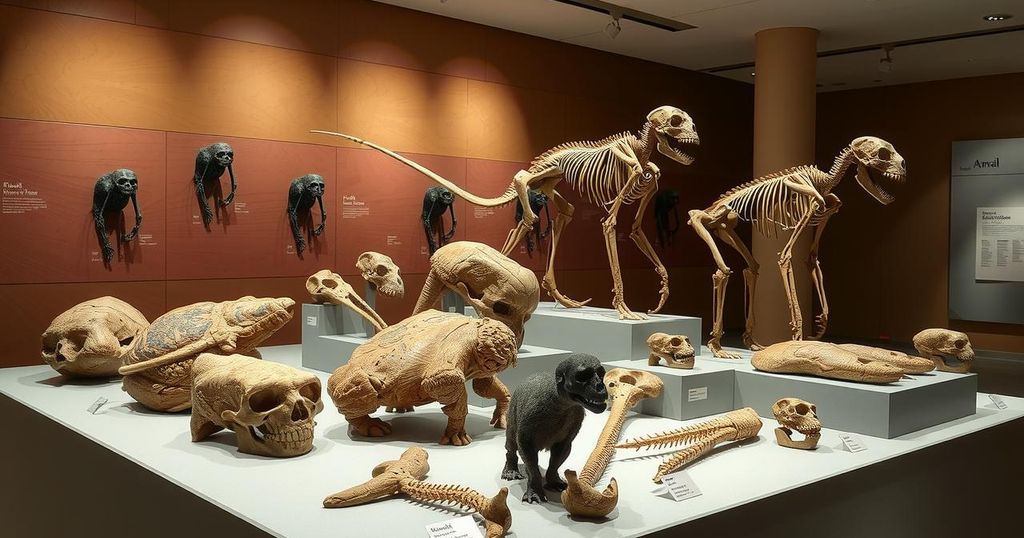Exploring the Risks of Mirror Life: A Call for Caution in Biotechnology
A new report warns against the pursuit of constructing “mirror life” organisms due to serious risks of untreatable infections and ecological disruption. While mirror proteins might have therapeutic benefits, entire organisms could evade immune responses and outcompete natural life forms, leading to unforeseen consequences. Experts urge for caution and proactive discussions regarding these biotechnologies to mitigate risks before action is taken.
A recent report in Science highlights serious risks associated with the concept of “mirror life.” Researchers emphasize that, while naturally occurring life forms are composed of right-handed DNA and left-handed amino acids, creating life with opposite configurations could result in severe consequences. The interdisciplinary team of 38 scientists, including Stanford experts, warns that pursuing mirror organisms poses threats such as untreatable infections and ecological disruptions, urging caution before delving deeper into such biotechnologies.
The team cautions against constructing mirror organisms due to their potential to evade the immune system and outcompete beneficial bacteria. Despite some study of mirror proteins being harmless, the creation of entire organisms could lead to disastrous outcomes, such as pandemics that human defenses may be ill-equipped to combat. Davis warns that advances in this area could spark global ecological catastrophes, especially if mirror organisms destabilize existing ecosystems.
The experts are raising their concerns now, as the knowledge to construct mirror organisms is still lacking. They argue that discussions around this should take place well before such technologies become feasible. Endy points out that a significant financial commitment would be needed for any serious endeavor to create a mirror cell, and preemptive dialogue is crucial to prevent a reckless race towards potentially hazardous biotechnology.
While mirror proteins could have therapeutic applications, the formation of a mirror organism brings forth unpredictable risks. There lacks assurance of immunity against any potential pathogens that mirror life could introduce, alongside worries about ecological impacts. They argue that focusing research efforts solely on mirror proteins is a safer route compared to venturing into full organism construction.
Davis reflects on the natural human fears surrounding biotechnology. He believes that openly addressing these fears, rather than avoiding them, can lead to collective courage and responsibility in the face of emerging technologies. This discourse is not only necessary but vital for a responsible advancement in bioengineering.
The notion of “mirror life” refers to the potential development of organisms made entirely of molecules with inverse structural orientations compared to current life forms. Naturally occurring organisms use right-handed DNA and left-handed amino acids. As researchers consider the implications of engineering life forms from this alternate molecular perspective, significant concerns arise regarding the ecological and health risks associated with such endeavors, underscoring the need for proactive discussion in the scientific community.
The report emphasizes a cautious approach toward the exploration of mirror life, warning that while certain mirror proteins may hold therapeutic promise, creating complete mirror organisms poses catastrophic risks. The interdisciplinary group of scientists advocates for preventive dialogue and rigorous exploration of the implications of these technologies before they advance. As biotechnology pushes boundaries, addressing inherent fears and challenges today could avert potential disasters tomorrow.
Original Source: news.stanford.edu




Post Comment